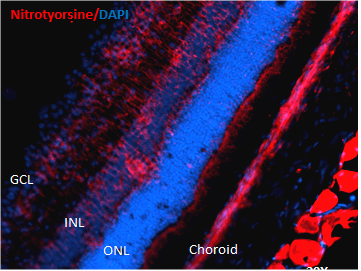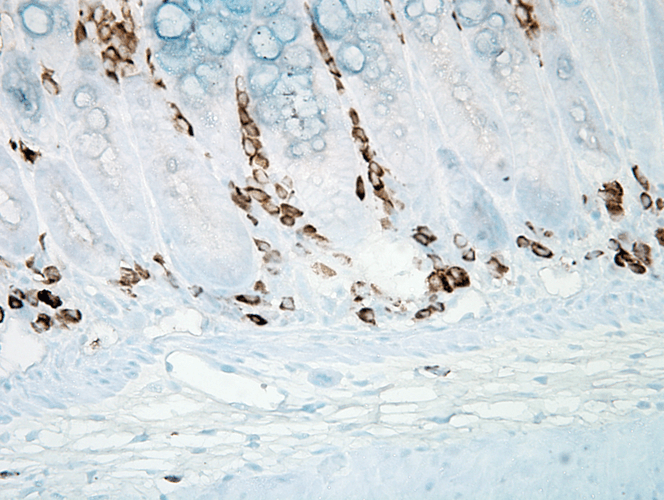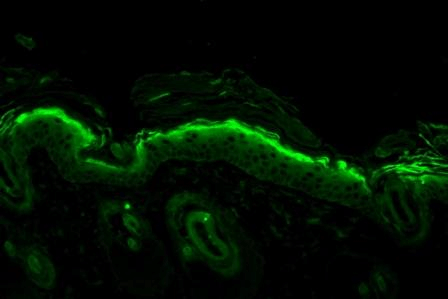抗Nitrotyrosine抗体 | Anti-Nitrotyrosine antibody
掲載日情報:2018/10/03 現在Webページ番号:251726
StressMarq Biosciences社の抗Nitrotyrosine抗体(Anti-Nitrotyrosine antibody)です。
※本製品は研究用です。研究用以外には使用できません。
カートに商品を
追加しました。
追加しました。
価格
[在庫・価格 :2025年12月14日 00時00分現在]
※ 表示されている納期は弊社に在庫が無く、取り寄せた場合の納期目安となります。
| 詳細 | 商品名 |
|
文献数 | ||||||||||||||||||||||||||||||||||||||||||||||||||||||||||||||||||||||||||||||||||
|---|---|---|---|---|---|---|---|---|---|---|---|---|---|---|---|---|---|---|---|---|---|---|---|---|---|---|---|---|---|---|---|---|---|---|---|---|---|---|---|---|---|---|---|---|---|---|---|---|---|---|---|---|---|---|---|---|---|---|---|---|---|---|---|---|---|---|---|---|---|---|---|---|---|---|---|---|---|---|---|---|---|---|---|---|---|
|
Anti-Nitrotyrosine, Mouse-Mono(39B6) |
|
本製品は取扱中止になりました | 10 | ||||||||||||||||||||||||||||||||||||||||||||||||||||||||||||||||||||||||||||||||||
|
|||||||||||||||||||||||||||||||||||||||||||||||||||||||||||||||||||||||||||||||||||||
[在庫・価格 :2025年12月14日 00時00分現在]
※ 表示されている納期は弊社に在庫が無く、取り寄せた場合の納期目安となります。
Anti-Nitrotyrosine, Mouse-Mono(39B6)
文献数: 10
- 商品コード:SMC-154C
- メーカー:STQ
- 包装:25μg
- 本製品は取扱中止になりました
| 説明文 | クローン:39B6 |
||||||
|---|---|---|---|---|---|---|---|
| 別包装品 | 別包装品あり | ||||||
| 法規制等 | |||||||
| 保存条件 | 法規備考 | ||||||
| 抗原種 | 免疫動物 | Mouse | |||||
| 交差性 | Species Independent | 適用 | Antibody Microarray,ELISA,FCM,IC,IF,IHC,IP,Western Blot | ||||
| 標識 | Unlabeled | 性状 | Protein A/G Affinity Purified | ||||
| 吸収処理 | クラス | IgG | |||||
| クロナリティ | Monoclonal | フォーマット | |||||
| 掲載カタログ |
|
||||||
| 製品記事 | 神経変性(Neurodegeneration)関連抗体(StressMarq Biosciences社) 神経科学(Neuroscience)研究用 抗体/タンパク質 (StressMarq Biosciences社) 翻訳後修飾(Post-translational modification)関連抗体 (StressMarq Biosciences社) |
||||||
| 関連記事 | |||||||
カートに商品を
追加しました。
追加しました。
製品情報
Product Name
Nitrotyrosine Antibody
Clonality
Monoclonal
Description
Mouse Anti- Nitrotyrosine Monoclonal IgG2a
Research Areas
Cancer, Alzheimer's Disease, Cell Signaling, Neurodegeneration, Neuroscience, Nitration, Oxidative Stress, Parkinson's Disease, Post-translational Modifications
Alternative Names
Nitro tyrosine Antibody, 3-Nitrotyrosine Antibody
Clone Number
39B6
Host Species
Mouse
Isotype
IgG2a
Immunogen
Hybridoma line 39B6
Applications
WB, IHC, ICC/IF, IP, ELISA, FCM, AM
Species Reactivity
Species Independent
Specificity
Recognizes 3-nitrotyrosine moieties. No detectable cross-reactivity with non-nitrated tyrosine. Not species specific.
Purification
Protein G Purified
Storage Buffer
PBS, 50% glycerol, 0.09% sodium azide
Certificate of Analysis
0.7 µg/ml of SMC-154 was sufficient for detection of 5 µg SIN-1 treated BSA by Western Blot analysis using Goat anti-mouse IgG:HRP as the secondary antibody.
References
Scientific Background
Protein tyrosine nitration results in a post-translational modification that is increasingly receiving attention as an important component of nitric oxide signaling (2). While multiple nonenzymatic mechanisms are known to be capable of producing nitrated tyrosine residues, most tyrosine nitration events involve catalysis by metalloproteins such as myeloperoxidase, eosino-philperoxidase (3), myoglobin, the cytochrome P-450s, superoxide dismutase and prostacyclin synthase. Nitrotyrosine may also serve as a biomarker for the effects of reactive nitrogen oxides, based on tyrosine residues becoming nitrated in proteins at sites of inflammation induced tissue injury (1). The presence of nitro tyrosine-containing proteins therefore has shown high correlation to disease states such as atherosclerosis, Alzheimer’s disease, Parkinson’s disease and amyotrophic lateral sclerosis (4).
References
1. Girault I. et al. (2001). Free Radical Biology and Medicine, 31 (11): 1375-1387.
2. Gow AJ, Farkouh CR, Munson DA, Posencheq MA, and Ischiropoulos H. (2004). Am J Physiol Lung Cell Mol Physiol. 287(2): L262-8.
3. Takemoto K. et al (2007). Acta Med Okayama 61(1): 17-30.
4. Reynolds MR. et al. (2006) J Nerosci. 26(42): 10636-45.
5. Pfister H., et al. (2002) Vet Pathol. 39: 190-199.
6. Khan J. et al. (1998) Biochem J. 330(2): 795-801.
Protein tyrosine nitration results in a post-translational modification that is increasingly receiving attention as an important component of nitric oxide signaling (2). While multiple nonenzymatic mechanisms are known to be capable of producing nitrated tyrosine residues, most tyrosine nitration events involve catalysis by metalloproteins such as myeloperoxidase, eosino-philperoxidase (3), myoglobin, the cytochrome P-450s, superoxide dismutase and prostacyclin synthase. Nitrotyrosine may also serve as a biomarker for the effects of reactive nitrogen oxides, based on tyrosine residues becoming nitrated in proteins at sites of inflammation induced tissue injury (1). The presence of nitro tyrosine-containing proteins therefore has shown high correlation to disease states such as atherosclerosis, Alzheimer’s disease, Parkinson’s disease and amyotrophic lateral sclerosis (4).
References
1. Girault I. et al. (2001). Free Radical Biology and Medicine, 31 (11): 1375-1387.
2. Gow AJ, Farkouh CR, Munson DA, Posencheq MA, and Ischiropoulos H. (2004). Am J Physiol Lung Cell Mol Physiol. 287(2): L262-8.
3. Takemoto K. et al (2007). Acta Med Okayama 61(1): 17-30.
4. Reynolds MR. et al. (2006) J Nerosci. 26(42): 10636-45.
5. Pfister H., et al. (2002) Vet Pathol. 39: 190-199.
6. Khan J. et al. (1998) Biochem J. 330(2): 795-801.
カートに商品を
追加しました。
追加しました。
製品情報は掲載時点のものですが、価格表内の価格については随時最新のものに更新されます。お問い合わせいただくタイミングにより製品情報・価格などは変更されている場合があります。
表示価格に、消費税等は含まれていません。一部価格が予告なく変更される場合がありますので、あらかじめご了承下さい。











